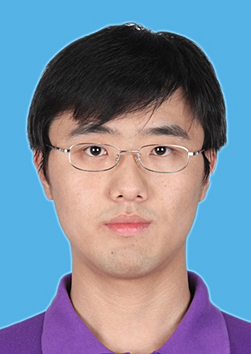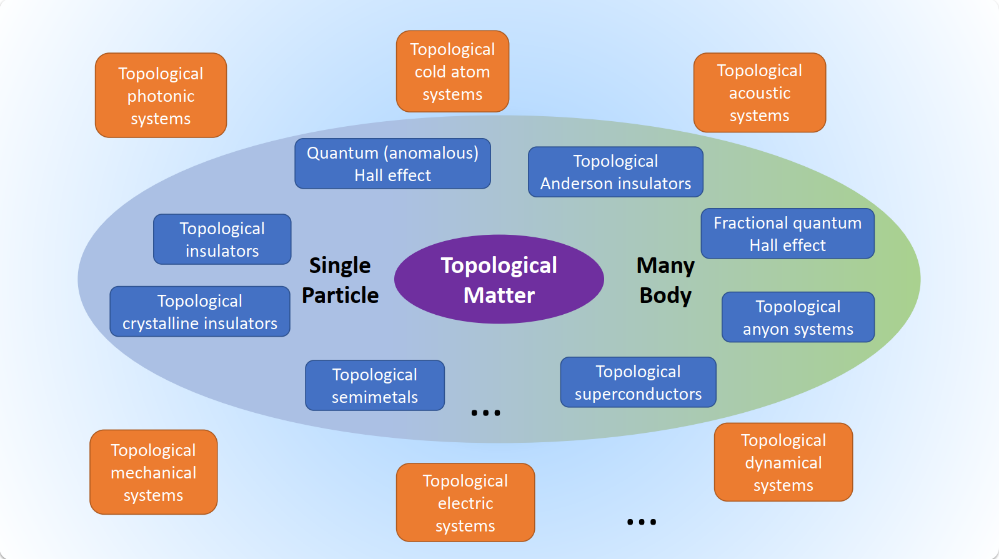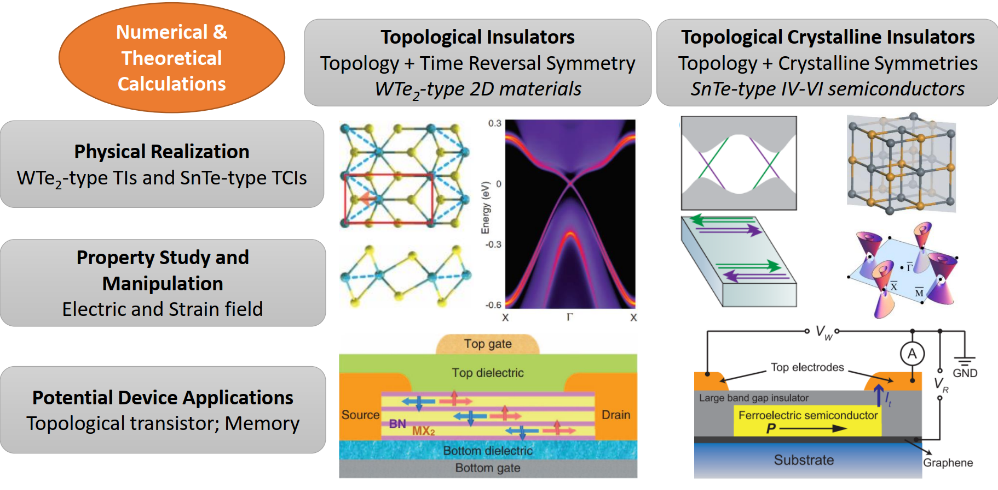Junwei LIU
Research interest
Prof. Liu has a very broad interest in condensed matter physics and quantum physics, varying from the traditional phenomena like ferroelectricity to the exotic topological phases like quantum spin Hall insulators. Currently, his research focuses on two parts: 1) explore new phase of quantum matter including both symmetry-breaking phases and topological phases, and their novel properties, material realizations, experimental signatures and potential applications; 2) combination of advanced machine learning techniques and quantum physics, especially the combination of machine learning techniques and quantum Monte Carlo simulations and all optical neural networks.
Biography
Prof. Liu obtained his Bachelor of Science from Xi'an Jiaotong University in 2009 and PhD from Tsinghua University in 2014. After spending three years for his postdoctoral research work in MIT, Prof. Liu then joined the Department of Physics in HKUST in 2017. With his collaborators, Prof. Liu has made the following progresses in the past several years, and he even received the award “National Natural Science Foundation of China Excellent Young Scientist 2020”. His full publication list can be found in Google Scholar.
Dissipationless topological materials – Prof. Liu’s team proposed a new topological phase, 2D topological crystalline insulator, and predicted its existence in thin films of SnTe-type semiconductors [Nature Materials 13, 178-183 (2014)]. The team predicted that quantum spin Hall insulators (QSHIs) could be realized in WTe2-type transition metal dichalcogenides of 1T’ structure [Science 346, 1344 (2014)], and proposed the topological field-effect transistor (TFET) [MIT news: New 2-D quantum materials for nanoelectronics]. The low energy consumption and high operation speed make TFET competitive for realizing low dissipation quantum electronics and spintronics. The predictions have been extensively demonstrated in experiments.
Atomic-thin ferroelectricity – Prof. Liu’s team discovered that (001) SnTe thin films can sustain in-plane ferroelectricity with thickness down to the one-unit cell (UC) limit [Science 353, 274 (2016)]. Moreover, 2- to 4-UC SnTe films show robust ferroelectricity at even room temperature. The team designed the first ferroelectric tunneling random access memory (FETRAM) using in-plane polarization and filed a patent [US patent: 9959920 B2]. FETRAM can realize simultaneous non-volatile storage and non-destructive reading and have better performance than other proposed devices [MIT news: Charging up random access memory].
Self-learning Monte Carlo method – By combining the effective models in Physics and machine learning techniques, Prof. Liu’s team proposed the self-learning Monte Carlo (SLMC) method [Physical Review B 95, 041101 (2017)], which is very powerful and can be applied in both classic and quantum systems to accelerate the calculations. Especially, in fermionic systems, SLMC can even dramatically reduce the computational complexity, and achieve 103 speedup for the double exchange model [Physical Review B 95, 241104 (2017)].
Fully-functioned all-optical neural network -- Prof. Liu’s team proposed and built the fully-functioned all-optical neural networks (AONN) with both linear and nonlinear activation functions by using pure optics elements [Optica 6, 1132 (2019)] and demonstrated its scalability [arXiv:2102.09722 (2021)]. The implementation of nonlinear activation function in the team’s work makes it possible to realize the real deep all-optical neural networks. The AONN can realize the intrinsic infinite parallel calculations at the speed of light. As “a first-of-its-kind multilayer all-optical artificial neural network”, the team’s work has been featured as a news release by the Optical Society OSA with a title of “Researchers Demonstrate All-Optical Neural Network for Deep Learning”.
C-paired spin-valley locking – Prof. Liu’s team proposed a new type of spin-valley locking, which directly connects the spin/valley space with the real space through a crystalline symmetry, and hence both spin and valley can be accessed by simply breaking the corresponding crystal symmetry to realize a multifunctional antiferromagnetic material. Typically, one can use a strain field to induce a large net valley polarization/magnetization and use a charge current to generate a large noncollinear spin current [Nature Communications, accepted (2021)]. The team’s findings provide unprecedented opportunities to integrate both static and dynamic controls of spin and valley with nonvolatile information storage in a single material, which is highly desirable for versatile fundamental research and device applications. Moreover, antiferromagnetic materials possess the desired advantages of higher-speed operation and lower-energy consumption [Nature Physics 14, 200 (2018)].

Tel: (852) 2358 7971
Office: Room 4440
Email: liuj@ust.hk


